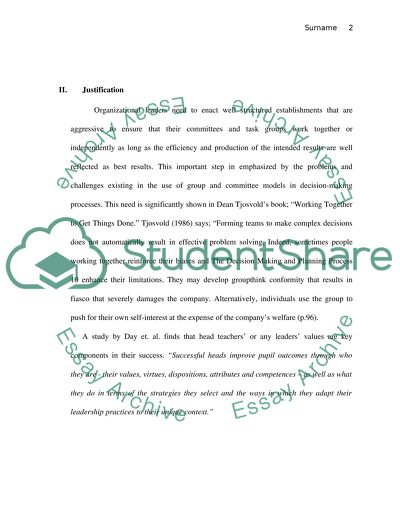Cite this document
(Group Development Application Assignment Example | Topics and Well Written Essays - 2250 words, n.d.)
Group Development Application Assignment Example | Topics and Well Written Essays - 2250 words. Retrieved from https://studentshare.org/human-resources/1609225-group-development-application-paper
Group Development Application Assignment Example | Topics and Well Written Essays - 2250 words. Retrieved from https://studentshare.org/human-resources/1609225-group-development-application-paper
(Group Development Application Assignment Example | Topics and Well Written Essays - 2250 Words)
Group Development Application Assignment Example | Topics and Well Written Essays - 2250 Words. https://studentshare.org/human-resources/1609225-group-development-application-paper.
Group Development Application Assignment Example | Topics and Well Written Essays - 2250 Words. https://studentshare.org/human-resources/1609225-group-development-application-paper.
“Group Development Application Assignment Example | Topics and Well Written Essays - 2250 Words”, n.d. https://studentshare.org/human-resources/1609225-group-development-application-paper.


